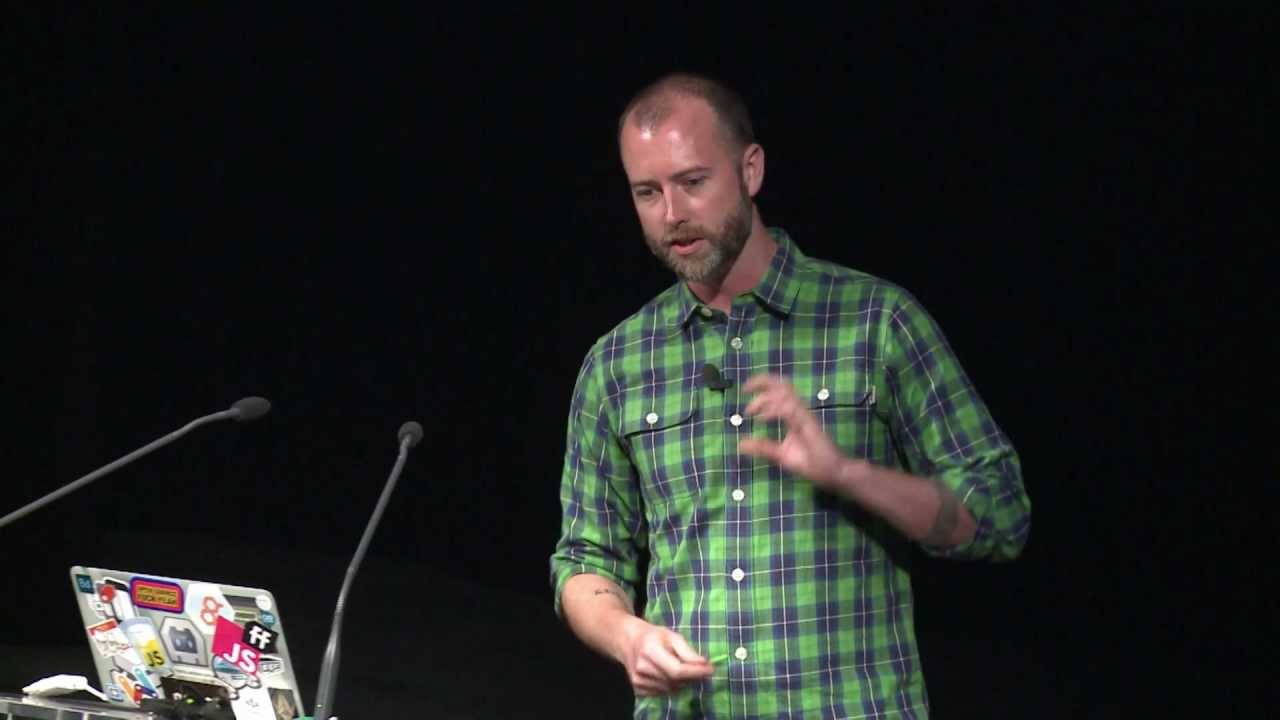
Back in 2012 at dotJS – which I attended – Brian Leroux gave his talk WTFJS. Somehow the video of that talk got recommended on YouTube to me. It was fun watching this again 🙂 Gotta love coercion 😍 Also: Wat?
A rather geeky/technical weblog, est. 2001, by Bramus
0.1 + 0.2 results in 0.30000000000000004)(a ==1 && a== 2 && a==3) ever evaluate to true?Is it ever possible that (a ==1 && a== 2 && a==3) could evaluate to true, in JavaScript? This is interview question asked by a major tech company. My answer was that it’s impossible. They said nothing is impossible. It happened 2 weeks back, but I’m still trying to find the answer. I know we …
Continue reading “Can (a ==1 && a== 2 && a==3) ever evaluate to true?”
Talk by Claudia Hernández, on a few of Javascript’s oddities and (un)expected behaviors: There’s a presentation embedded in this post. View it on Speaker Deck. For a language originally created in 10 days it surely has a lot of quirks and perks many JS developers are unaware of. Sometimes, it might even seem like we …
Continue reading “Down the Rabbit Hole: Javascript in Wonderland”